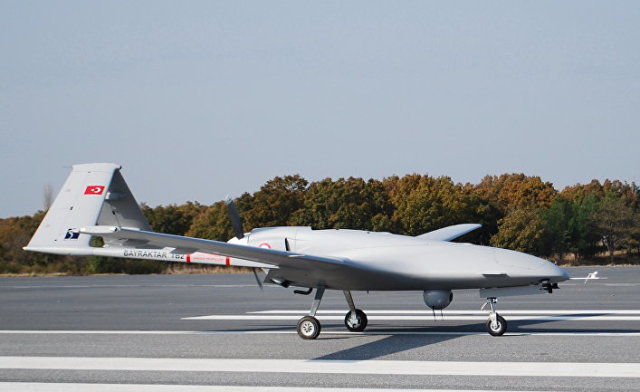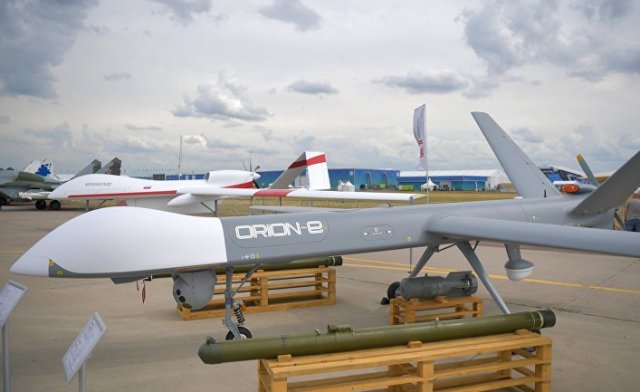Today, there are few skeptics about Russia's ability to develop ultra-modern weapons. "The last of the Mohicans" was found in Ukraine. Military expert Mikhail Zhirokhov compared drones of Russian and Turkish production. Although he himself admits that this is a thankless occupation, and little is known about the Russian "Pacer", but "Bayraktar" is better.
"The development of unmanned aviation in Russia has been hopelessly behind for many years, and the current attempts to pass off their experimental machines as full-fledged weapons can cause nothing but a grin. So, just the other day, the Russian media carried a story to the masses that the Russian Pacer-type UAV is superior to the Turkish Bayraktar."
This was stated to the" Mirror " by Ukrainian military expert Mikhail Zhirokhov.
According to him, at the same time, everyone refers to an interview with the Russian state foreign agency of the general director of the Kronstadt manufacturing company, Sergei Bogatikov.
"But what is not surprising-no one has read it. And there he stated literally the following: "...our complex has greater potential and capabilities. In particular, the Pacer is significantly more technologically advanced in production, definitely better in terms of aerodynamics and elements of artificial intelligence." And that's all - in fact, Bogatikov did not make any direct comparisons and did not say anything new.
So, let's try to figure out what's what. The fact that it is more technologically advanced in production is a controversial issue - now there are as many as three (!) such "Pacers" in the armed forces of the Russian Federation, and Bayraktar is loaded with orders for years ahead and has produced 200 devices that have proven themselves perfectly in at least three wars - in Syria, Libya and Karabakh. And this is despite the fact that Bayraktar took off for the first time just two years earlier. It may well be that in six months the Russians will have hundreds of such drones, but judging by other less technological things, there are big doubts about this," the expert noted.
Referring to the aerodynamic properties of drones, Zhirokhov noted that not everything is so obvious here. "Still, it is not serious to compare the 1000-kilogram Pacer and the 650-kilogram Bayraktar, to put it mildly - after all, it is closer to the Chinese Wing Loong or the American MQ-1C Grey Eagle in this indicator. Why the Russian did this is quite obvious - for a simple reader, if you just compare the characteristics, it will be "obvious" to him that Russian equipment "has no analogues".

Turkish Bayraktar TB2 drone
Image source: © CC BY-SA 4.0, Bayhaluk | Go to the photo bank
And if you start comparing it with odnoklassniki, then the picture will be completely different-for example, the payload mass of the Russian device will not be at all impressive, especially if you consider that the Russian Aerospace Forces still do not have mass production of missiles and bombs specially "sharpened" for UAVs, and all that was used in Syria are experienced small-scale batches (first presented during weapons exhibitions in 2020, X-50, KAB-20, UPAB-50). And such bombs and missiles have been produced in Turkey for years and hundreds are supplied not only for their own Air Force, but also for export. That is, the effectiveness of the combat use of the Pacer is still in great doubt - after all, it is known only from the words of Russian Defense Minister Shoigu that it was used in Syria.
Thus, summing up, we can say that comparing the new Russian device, which is in operation in piece copies, has never been used in the conditions of countering enemy air defense with a device that has been worked out in production, which has dozens of documented (!) confirmed hit targets, is a thankless occupation for military specialists, but it is quite a ground for sucking sensations out of the finger by regular propagandists," he said.

